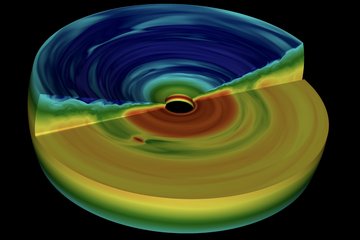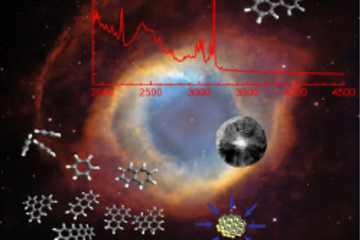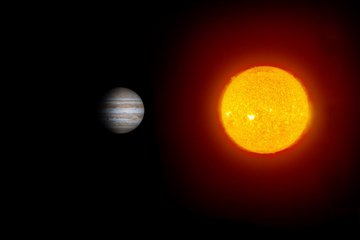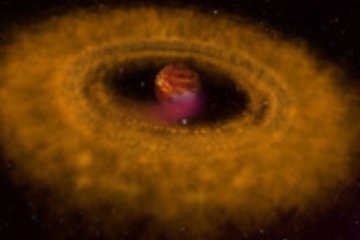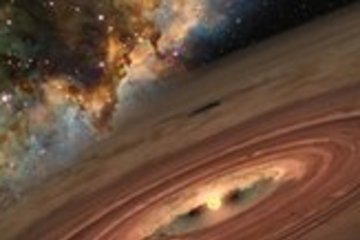Low-Mass Star Formation
Most of the initial gas mass in the Milky Way has been converted into stars. While massive stars and their final stages dominate the energy input into the interstellar medium, low-mass stars constitute most of the total mass in our galaxy.
It is generally accepted that stars form by the gravitational collapse of cold, dense, and dusty molecular cloud cores. These cloud cores are not distributed randomly in space, but are often aligned along gas filaments, the origin which we do not yet fully understand. It is also not yet well-understood how the properties of the forming stars depend on the initial conditions in the cloud cores, i.e., how the initial mass function and the fraction of binary and multiple stellar systems are linked to the conditions of the interstellar medium.

Three-color composite image of the Messier 78 (NGC 2068) region in the Orion molecular cloud complex, where several deeply embedded, very young, protostars where discovered by MPIA scientists using the Herschel space telescope. The youngest forming protostars can be seen as the reddest bright dots within the filamentary structure. Colors correspond to APEX 870 micron (red), Herschel 160 micron (green), and Spitzer 24 micron (blue).
Different internal processes can stabilize a gravitationally bound cloud core, but it may eventually collapse under its own gravity and form one or more protostars at its center. In their initial phases, these protostars are so deeply embedded that they are invisible at optical and near-infrared wavelengths and can only be observed with far-infrared (space) observatories or radio telescopes. Due to the non-zero initial angular momentum of the cloud, a circumstellar disk forms soon around the protostar, together with bipolar outflows and high-velocity jets, which push an opening through the rotating envelope. These outflows are one of the main mechanisms to transport away excess angular momentum and thus enable the protostar to grow in mass.
In contrast to high-mass stars, which evolve much faster, solar-type and lower-mass stars emerge from their birth 'cocoons' before they are fully evolved. When the young star has accreted most of its final mass from the envelope through the disk and the remnant envelope has been partially dissipated, the star comes to sight. These young stars, which are called "T Tauri stars" after their prototype T Tau, are often variable, have strong IR and UV excess, and are characterized by a typical emission-line spectrum. The disks around T Tauri stars now often evolve into planet formation factories.
Even though this general picture is roughly understood, many details of this enormously complex process are still unclear. In the PSF department we are addressing several questions related to the formation of low-mass stars from both an observational as well as theoretical perspective. To mention only a few, we study the physical and chemical properties of filaments and dense molecular cloud cores, search for and characterize embedded protostars (e.g., in isolated Bok globules or in the Orion molecular cloud), and study their circumstellar disks and outflows.



